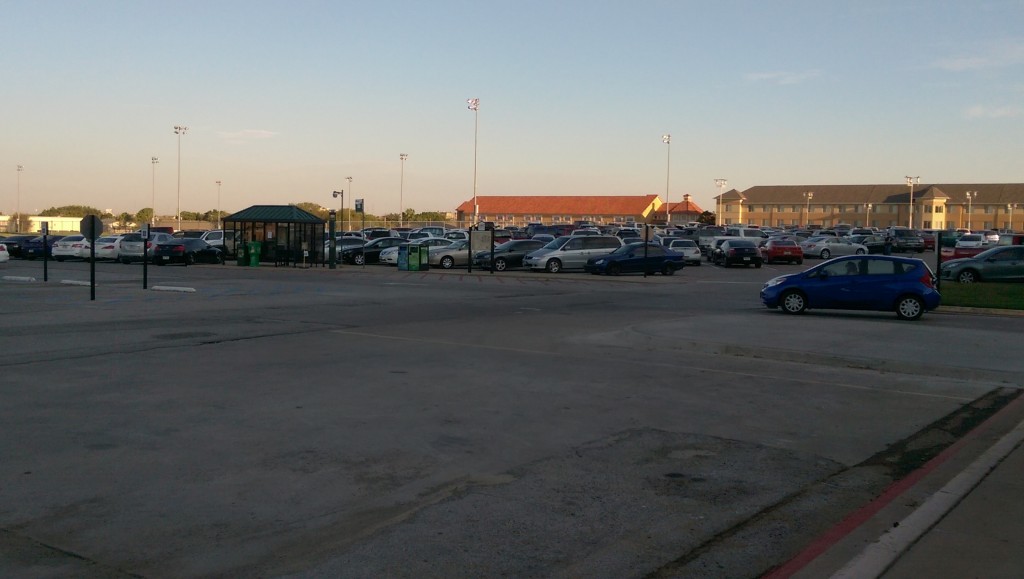This project is an attempt to explore the ways we teach environmental education and create behavior changes. I developed this project to address a problem that I have found while working in educational outreach; generally speaking, individuals in our community do not have an awareness of the natural resources that they use every day. I believe a possible solution to this problem lies in the buildings that we work and live in. Because we spend so much time in built environments, I believe that these environments can be designed to make its inhabitants aware of the natural resources they are using, and how the use of these resources has an impact on our natural environment. Experiential learning theories and place-based learning theories seem to support this belief.
It is important to note that designing built environments like this is a large task, and one that has only started to be tackled academics and professionals. In order to accomplish this, I will have to break it down into manageable steps. This is my first step in that direction. This semester’s project will focus on ensuring that education from our built environments is as effective, if not more effective as traditional teaching methods.
I am very much still in the process of designing a way to test my hypothesis. Currently, I believe the best way to do this will be to compare the individual experiences of more traditional teaching methods and the experiences of built environment interactions. The first step will be to find existing environmental education standards, and then find sites that I feel are capable of similar behavior changes. I have proposed using a mobile application called Project rePhoto to facilitate interaction with our built environment. Project rePhoto is designed for repeat photography and participatory sensing. Through repeat photography, I believe the app has a unique opportunity to show people how their spaces change over time (and if these changes have an impact on the natural environment).
This week I went out across my campus trying to find ideas for possible sites, in order to get a better idea of what I might look for. While out there, I found this location:
One of UNT’s most popular parking lots, I think Fouts Field is an excellent example of a site that demonstrates our use of natural resources (gasoline) in a way that is straightforward as well as dynamic. I think once I have a more defined idea of my desired behavior changes, I will be able to find sites like this one to demonstrate those behaviors, so finding existing teaching modules will be my focus this upcoming week.
As I wrap up, I would just like to share with you my excitement for this project. I believe that if I am able to accomplish my goals, this project will have something to offer the fields of science education, architecture, urban planning and urban design, participatory media, and more. Beyond that, I think growing a community’s awareness of their natural resource use is the first step in finding sustainable solutions for battling global climate change.

